The worst thing about germs or bacteria is that you can’t always see them. And when you can’t see them, you choose to believe they aren’t there. If there is no big lump of mould growth somewhere, that doesn’t mean your home is free of germs. There are several areas in your home that are guaranteed to be affected with bacteria or germs because they are often overlooked when cleaning, or just not cleaned regularly.
Your home is probably the safest place on Earth, but is it really? Your home may not be the safest place, unless you keep your home germ-free, hygienic and clean. Germs are everywhere and once they enter our body, they can cause great difficulty in our existence, sometimes even putting our life to a lot of risk/threat. If you all remember we have already discussed how to Keep your Kitchen Clean in our previous Blog www.macj-abuyerschoice.com/8-simple-tips-to-keep-your-kitchen-clean-and-germ-free. Keeping your home, free from the germs, is of the highest importance for health and hygiene & our wellbeing. What you need to know is where to find the germs and how to germ-proof your home. So, in this blog, we will discuss the tips to keep your home all around germ-free.
Let’s have a look at some effective tips to keep our home germ-free:
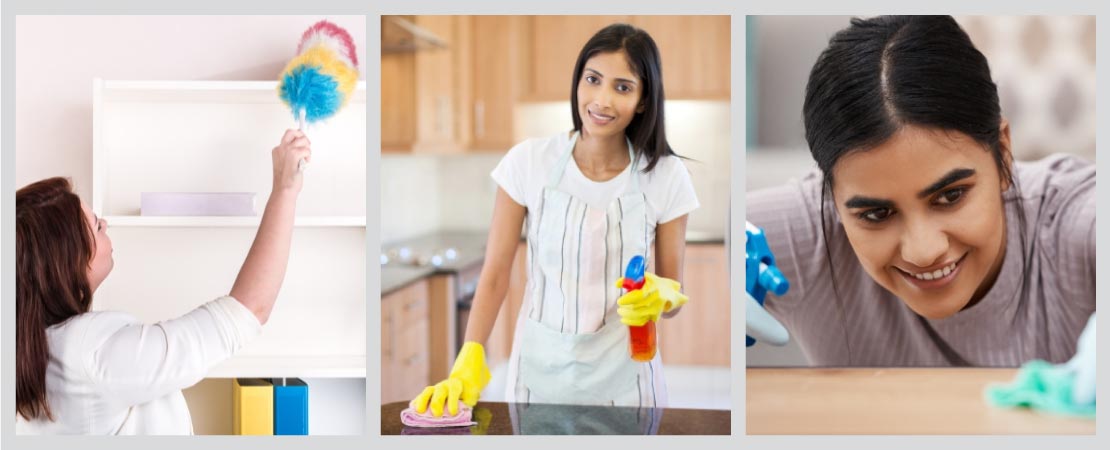
1. Follow a regular cleaning routine
Cleanliness is very important to keep your home germ-free and maintaining a proper cleanup or cleaning routine will help you a lot. If you are a busy person, I know it is difficult to clean your home all at a time and frequently. But, some regular cleaning of small portions of your home can be done. If not regularly, then at least on alternate days. At the same time, your full home will also get cleaned within a few days. Our aim is to make the entire home germ-free. But while cleaning your house, pay special attention to the kitchen, dining area and bathroom because these are the areas that need more attention. We have already discussed about how to keep your kitchen and bathroom clean in our previous blogs.
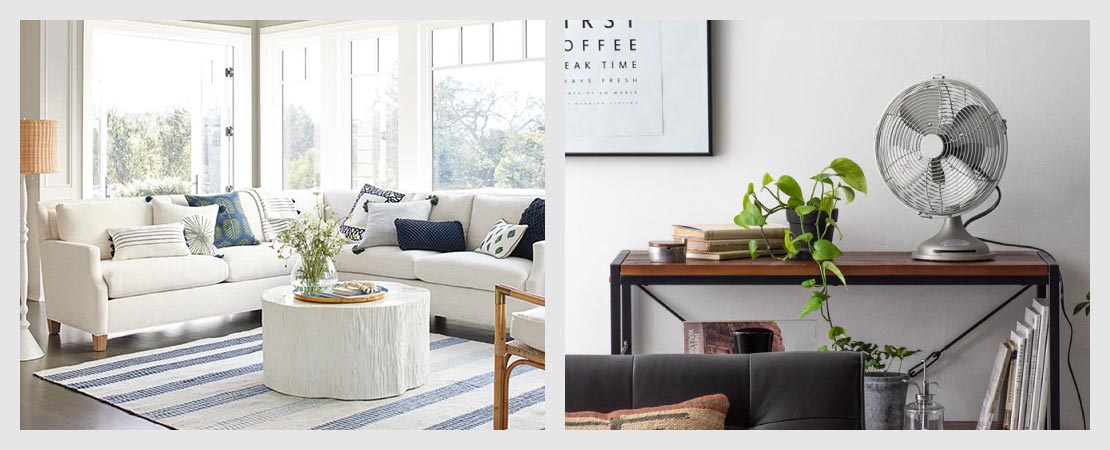
2. Keep your home dry
The usual fact is high moisture content and humidity are favourable conditions for the germs like fungi, bacteria, etc to breed and so you will have to be very careful especially in the rainy season. The easy way to solve this problem and to keep your home germs free is by properly utilizing the fans. This will enable your rooms to stay dry and will decrease the occurrence of mould, stinks, etc. Bathrooms are one of the wet areas, which needs to be kept dry. To know more regarding how to keep it dry you can read our blog- ‘8 Ways to remove bad odour in Bathroom, & keep it clean’ (www.macj-abuyerschoice.com/8-ways-to-remove-bad-odour-in-bathroom-keep-it-clean).
Alternatively, Table fans can be used for high moisture area, switch them on when you feel wet. So by keeping your home dry, you can keep your home germ-free.
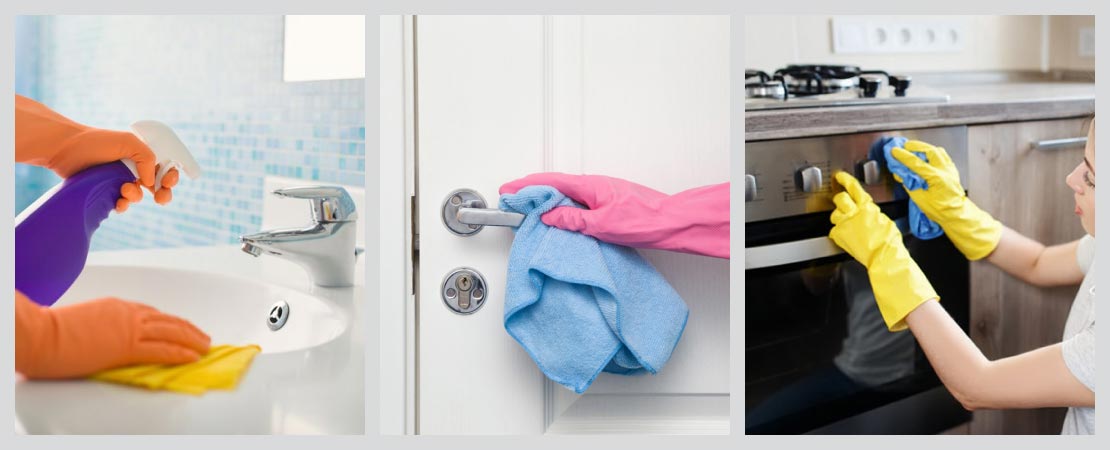
3. Disinfect the germ affected places
The most germs spread through places in your home are those that are touched very often. These include doorknobs, handles, faucets, appliances, remotes, etc. Germs can live on these surfaces. Hence, regular cleaning of these handheld hot spots is imperative. Use a germ-killing cleaner to disinfect these surfaces by spraying on a generous amount. Certainly, some items cannot be exposed to excess cleaner liquid, so consider soaking an end of the cloth in the disinfectant and use that to carefully wipe your no-wet items. Keep in mind, the killing of bacteria happens as the cleaner evaporate so avoid dry-wiping or touching until completely dry. Also, if you find that the liquid is drying up too fast, re-spray the area and leave it alone.
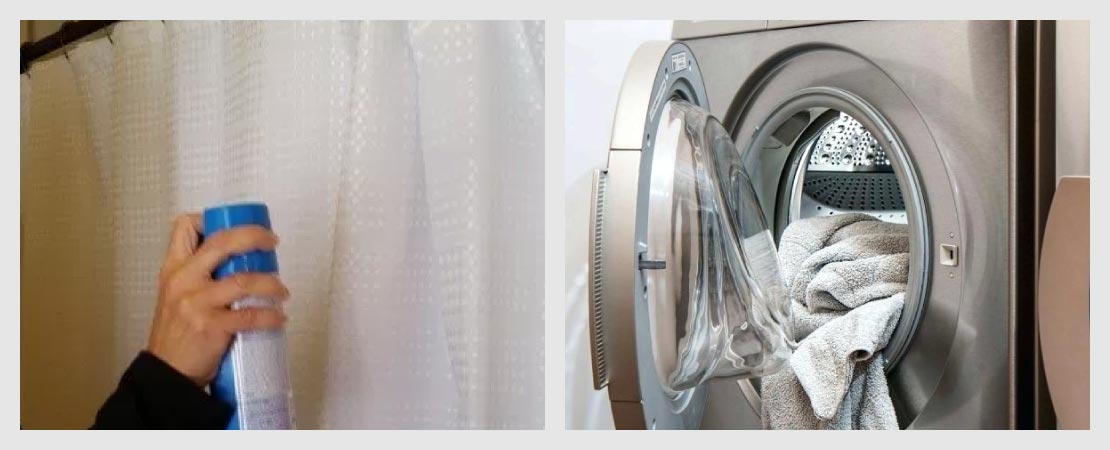
4. Disinfect Household Linen
Bed linen, bath towels, sofa cushions, and window curtains may all be homes for germs and bacteria. They require regular laundering with antibacterial detergents to disinfect or kill the germs hiding within the fibres. Of course, you can’t wash your linen on a daily basis. Spray disinfectant on curtains at night when everyone is ready for bed so that any dampness will dry overnight. Household linen needs to be disinfected at least twice a week to help keep your home germ-free.
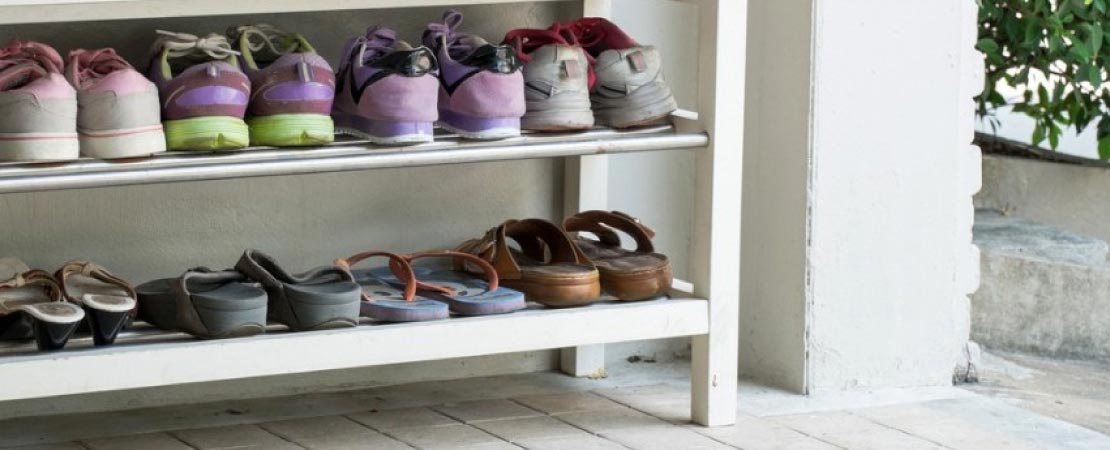
5. Avoid Germs entering In Your Home
We should keep a shoe rack close to your front door so that you can take your shoes off and put on your house slippers before you walk further into your home. The footwear we use to go outside picks up all kinds of dirt and bacteria that we then drag inside our homes when we walk in with same footwear. So, instead of putting on/taking off your shoes in your room, do it at the main entrance door to ensure that they aren’t spreading bacteria inside the house.
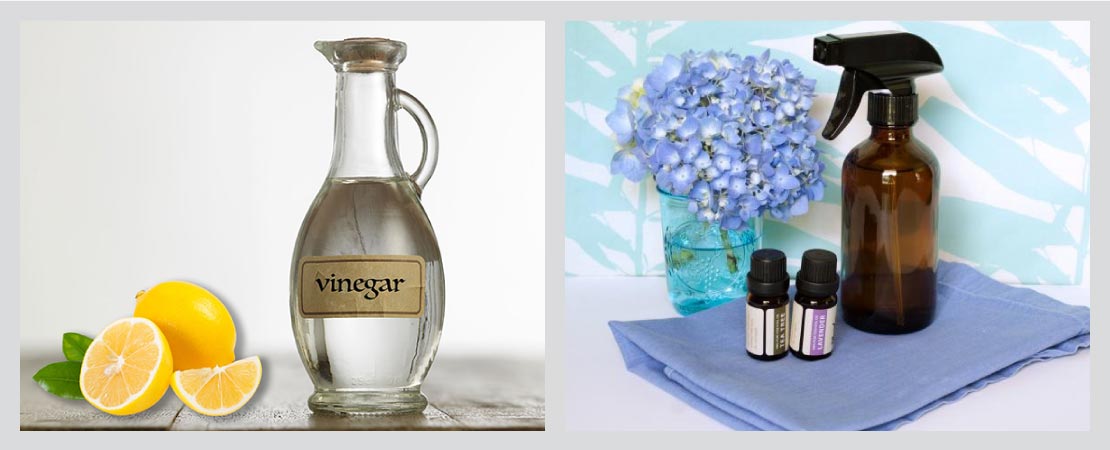
6. Natural remedies for a germ-free home
Many disinfectants available in the market are filled with chemicals that can be harmful to health. So alternatively, you can try a few natural remedies for a germ-free home.
As per Common Floor blog ‘Tips to germ proof your home’ www.commonfloor.com/guide/tips-to-germ-proof-your-home-12963.html White household vinegar is a great way to keep your home germfree. Fantastic for cleaning everything from countertops to carpets, and also this non-toxic, multipurpose product eliminates more than 90 percent of bacteria and more than 80 percent of mould and germs. Some alternatives such as lemon juice, tea tree oil, oregano oil, or lavender oil have properties that kill microbes.
Other tips are to ensure proper ventilation, keeping bathroom clean, cleaning dishcloths properly, kitchen waste management, etc. These are already discussed in our previous Blogs – 8 Simple Tips to Keep your Kitchen Clean and Germ-free; 8 Ways to remove bad odour in Bathroom, & keep it clean. Kitchen and bathrooms are wet areas of the home and are more prone to get infected by germs. So for keeping your home germ-free and clean wholly, it is important to germ-proof all areas including bathroom and kitchen.
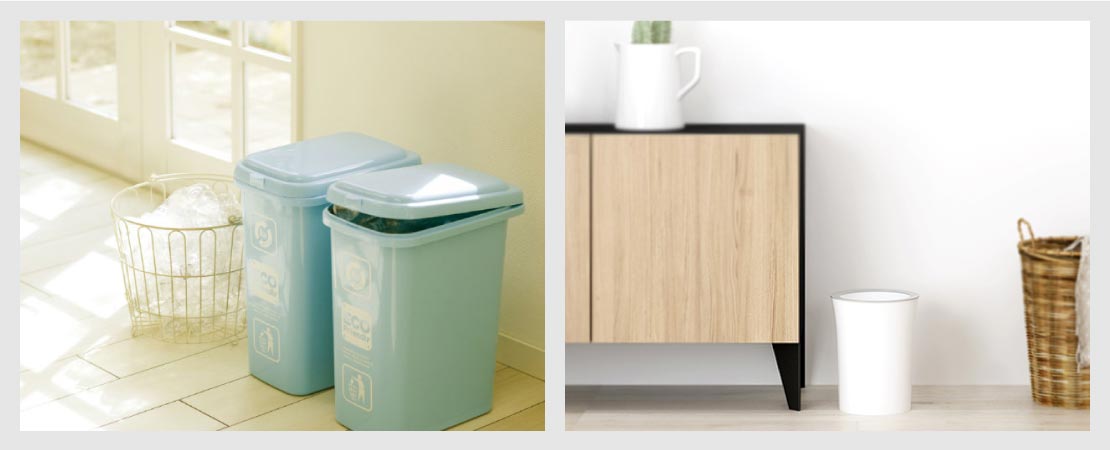
Kitchen waste management is already discussed but dirt/waste of other areas needs to be taken care. Hence your home must have dustbins in its important corners and you have to make sure that they are being utilized properly. Any kind of residue that falls on the area must be immediately picked up and thrown into the dustbin. However, using the same dirty dustbin for long is also unsafe. Because, if you keep the wastes in it for a long time, then that is enough to make it turn into a breeding ground for germs. It will also stink and infect the air & make the full home stinky. You must empty the dustbins frequently in the corporation cars meant for dumping garbage or throw them into your common community garbage bin to avoid this. You must also not forget to properly clean and disinfect your dustbin.
Also, check out a table of how often you should clean some of the things in your home:
| Every day |
|
| Once A Week |
|
| Once a Month |
|
Conclusion
Germs are everywhere and may cause trouble in our lives, sometimes even lead to health issues which may be life-threatening. While avoiding contact with germs is not always possible, but we can at least do something to protect ourselves from them. The first thing is to maintain good hygiene and keep our living environment germ-free. Cleanliness is the primary way to do it and also by the systematic and neat arrangement of things in our home.
Today we talked about some tips on how to keep your home germ-free. Follow these and keep yourself and your environment clean. This is important for maintaining the health and hygiene of your family.

